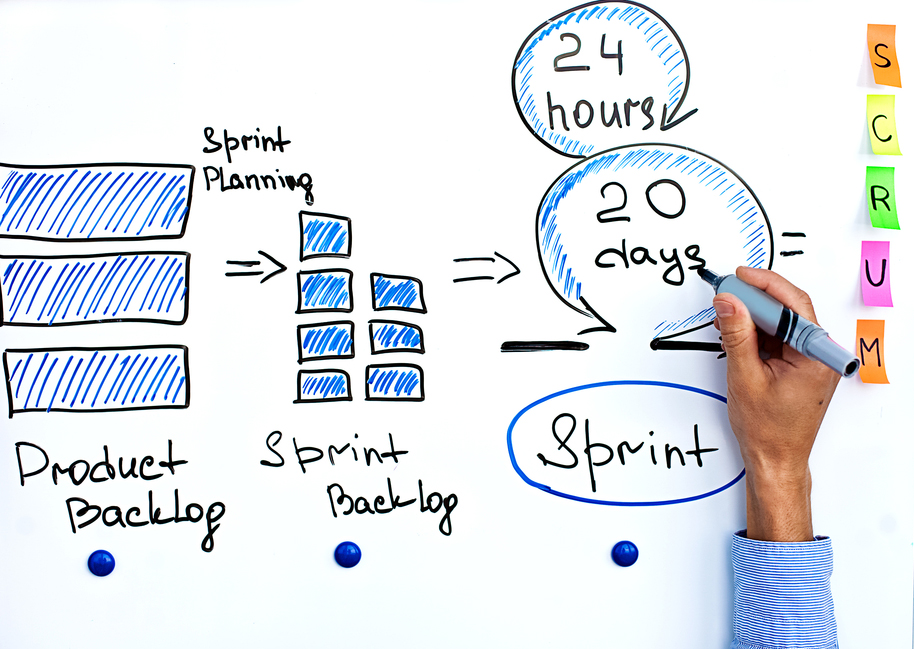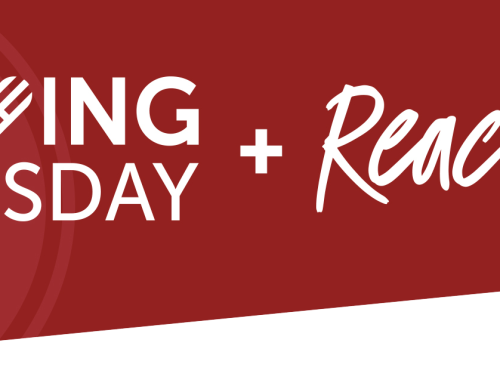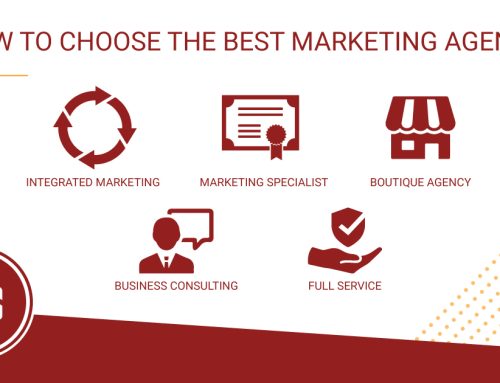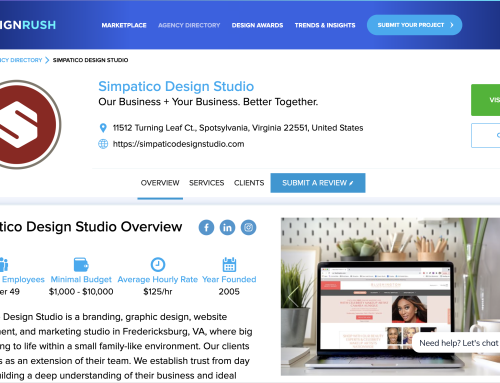Have you ever come across a project, individually or with your team, that was so complex that you did not know where to begin? Or realize that the process of this project was going to be so complex and think there has to be an easier, more simple way to go about and finish this project efficiently? This is where SCRUM enters the room.
SCRUM is a framework teams can use to approach complex, multi-step projects or product development. SCRUM helps teams in completing larger tasks by breaking down the process in to multiple steps to help a project move forward even in times facing complexity and when problems arise. One of the main goals of this framework is to assist teams in completing jobs/ projects in a smaller amount of time without sacrificing quality. There are a few main components to this framework including Roles, Sprints and Continuous Improvement.
Roles
We use the SCRUM framework in our Growth Driven Design process. Not sure what that is? Read more about GDD here. An important part of making GDD successful and assure the whole process runs smoothly relies heavily on roles. Every team member involved has a role. Each role has a set of responsibilities. While each role is expected to work independently to fulfill these responsibilities, it’s very important all roles still communicate and work together to finish a project successfully. Roles we use include the client, customer expert, designer, facilitator, marketing + data and technical support.
Sprints
Another important component of SCRUM are Sprints. Sprints are just what they sound like-short iterations or time frames where a project is completed. Every project is considered an individual Sprint and should last no longer than one month. With our GDD process, Sprints are usually completed in 1-2 weeks. An important part of Sprints are a quick and efficient meetings. For us, we meet with all involved roles and decide which item off the wish list will get completed next and also take a quick minute to discuss any fixes that need to take place on the site.
Continuous Improvement
All projects/jobs are different, but for Growth Driven Design Continuous Improvement is necessary. Using tools such as analytics, heat maps, and site recordings to provide our clients with weekly reports. Within these reports, we uncover things about the site that are working well, not working the way we want or expect and areas for improvement. Also through these reports we can study consumer + market behavior to help us better reach and provide what our clients market needs.
SCRUM is a very thorough, complex process. Because there are so many steps and components in the SCRUM framework, it’s important to have a good organization system in place. Kanban Boards are what we use to keep every team member in the loop, to prioritize tasks and to keep ourselves accountable to finish projects and Sprints in a timely fashion. Read about Kanban Boards in our previous blog post here: Kanban Board
For more information on SCRUM, here are some great sources:





